One might think that climate change would help agriculture in northern countries. But a warmer climate is not necessarily better. If it gets warmer in regions where it was previously too cold to grow wheat, it will also get warmer in regions where there was already an ideal climate for agriculture, and more heat means less moisture and low productivity. So, it will become much more difficult (if not impossible) to grow crops in areas where they have been cultivated for centuries and where specific traditions of agriculture have taken shape.
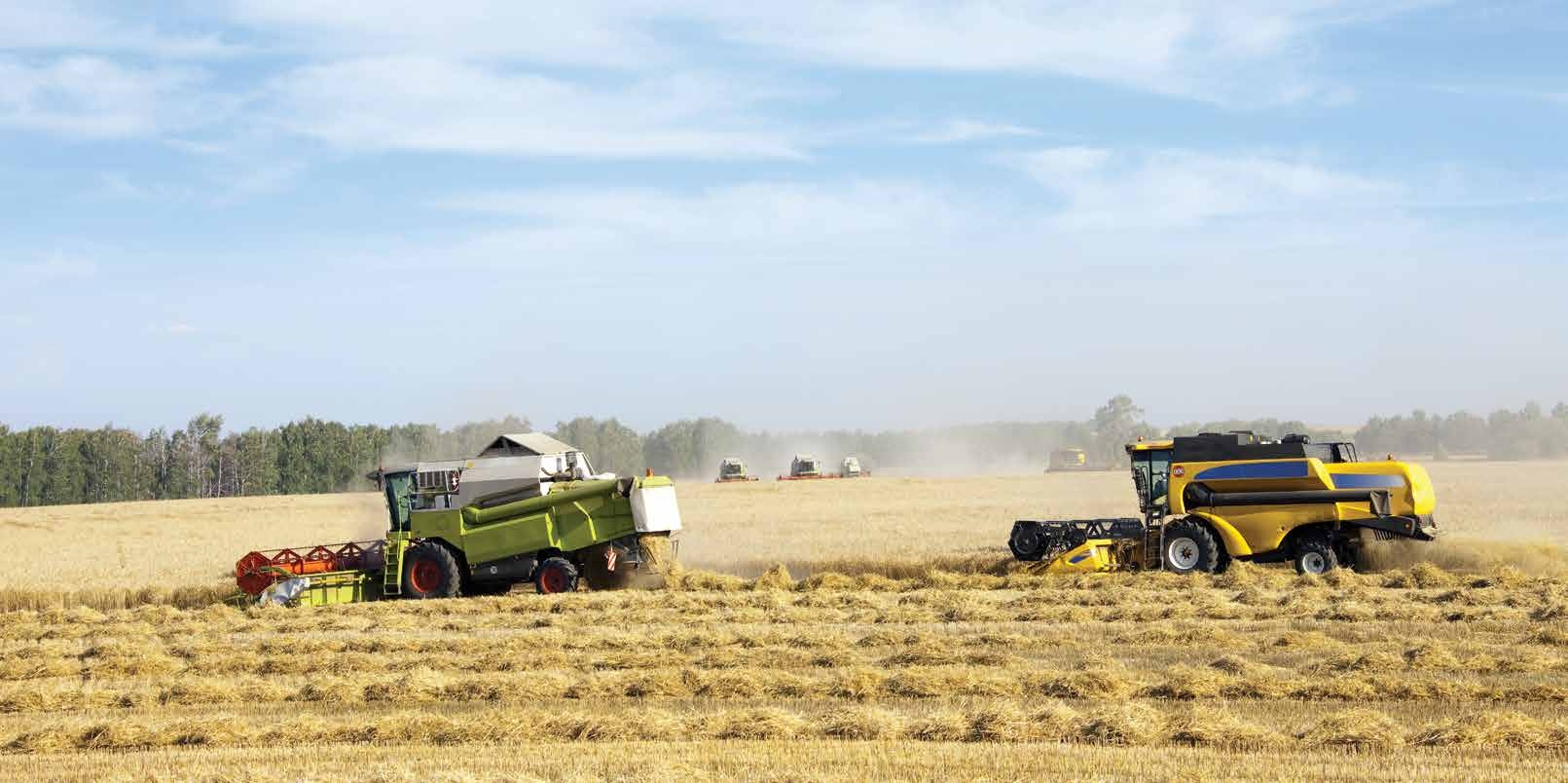
So, the conditions for agriculture will get better in some places but worse in others, and it is difficult at this stage to predict the outcome of such a ‘global shake-up’ for various countries.
It is important to remember that climate is not the only natural factor with impact on agriculture.
For example, one of the main cereal crops in North America, Europe and Siberia is winter wheat. Climate warming means that the zone with ideal climatic conditions for its cultivation will move to the north. But the soil in these new regions is not as good as in the regions where winter wheat is grown today. Improving the soil quality in more northerly regions will require much work and be very expensive.
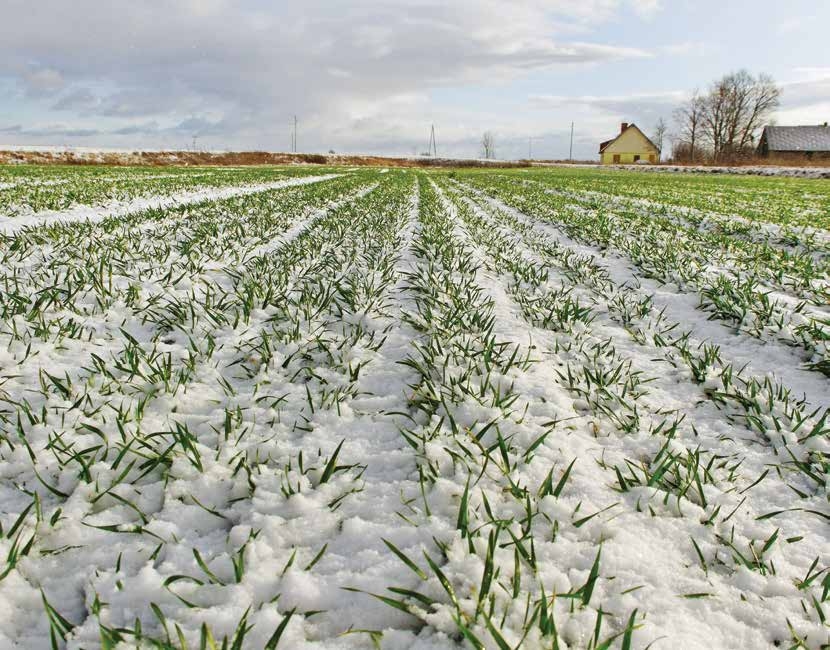
Climate change affects fruit and vegetable production. Stone fruits, particularly cherries, require cold hours to bear fruit. Too few cold nights, and the trees are less likely to achieve successful pollination and will produce fewer fruits. Unusually timed cold weather can be just as disastrous. In 2023, the ‘Peach State’ of Georgia in the USA lost more than 90%of its annual peach crop after abnormally warm weather in the winter, followed by a late-season freeze.
Countries with temperate and more severe climates, such as Canada and Russia, could face another challenge in the form of increased competition between forestry and agriculture. Climate change will make it possible to turn over land now occupied by forests to agriculture, which could speed up the felling of forests. Even in areas with borderline conditions for agriculture (in the extreme north of the agricultural zone), productivity from one hectare of land under crops is still greater than from one hectare of forest land. So, much thinking is needed before new territories are turned over to agriculture.
Agriculture everywhere in the world will have to adapt to the new climatic conditions. Experts at the Food and Agriculture Organization (FAO) believe that crop yields in many parts of the world will decline after 2030 due to climate change. Forecasts indicate that the most serious consequences are likely to occur in tropical regions, where rainfall is likely to decrease further.
The increasing occurrence of droughts, floods and rainfall fluctuations in sub-Saharan Africa will make feeding the local population one of the major challenges of the coming decades. World Bank experts calculate that a reduction of rainfall and an increase in average global temperatures by 1.5–2°C will lead to a 40-80% loss of land suitable for maize, millet, and sorghum crops in sub-Saharan Africa by the 2030-2040s.
In Mexico, drought is reducing the extent of land suitable for growing maize, the country’s main agricultural crop.


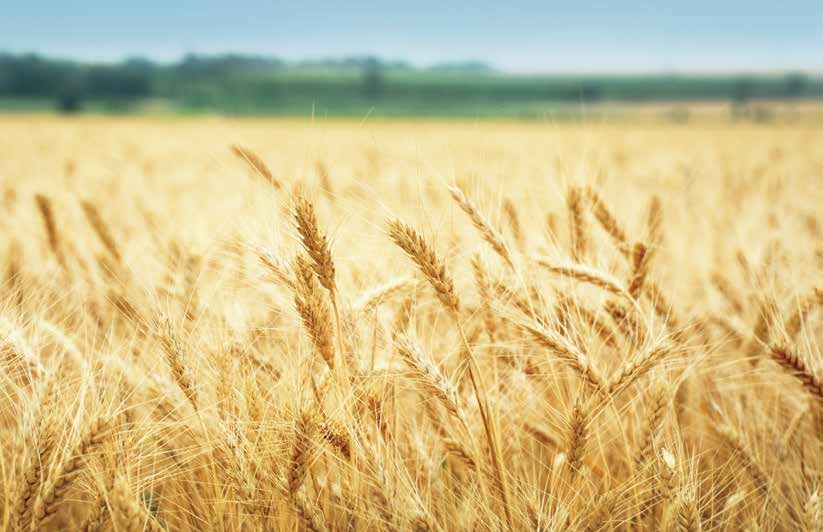
The principal cereal crop in South-East Asia is rice, which is mostly grown in the deltas of large rivers. As water levels rise in the ocean because of climate change, low-lying sections of rivers are becoming salty, which may lead to loss of crops. Parts of the Mekong Delta in Viet Nam, which is one of the world’s centres of rice cultivation, are particularly affected by the rise in sea levels. Even a 30 cm rise in the level of the ocean can reduce rice crops by 11%.
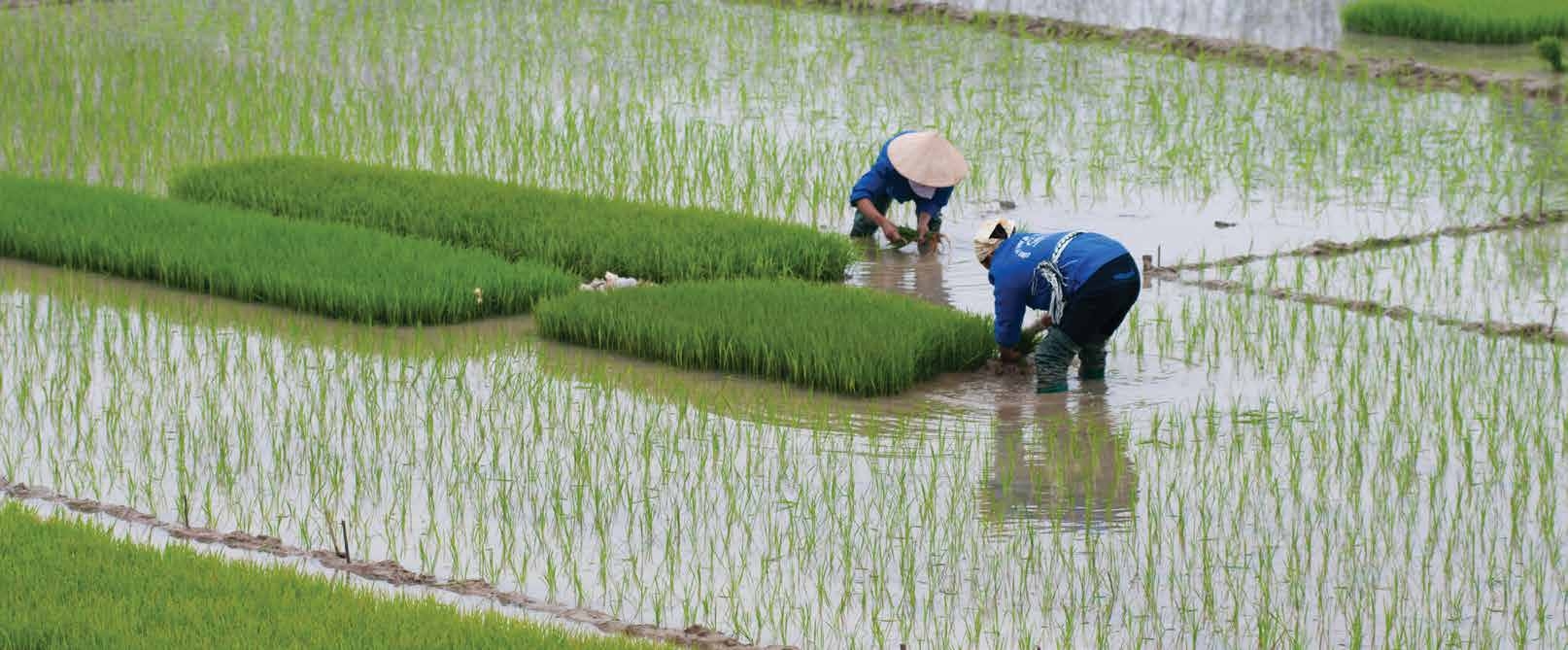
In summary, agriculture is threatened by climate change impacts such as the rise in temperatures, changing rainfall patterns, the rise in sea levels (affecting coastal lowlands) and frequent droughts and floods, especially in areas prone to natural disasters. These changes are greatly affecting agriculture, and food security is an increasingly serious problem.
 FAO has estimated that 2.3 billion people, or 28% of the global population, faced food insecurity as of 2021, exacerbated by the effects of the COVID-19 pandemic. India, Pakistan, and the Horn of Africa were particularly affected due to losses from extreme weather events. Extreme heat in India and Pakistan led to a decline in crop yields which, combined with a ban on wheat exports and restrictions on rice exports by India, posed a threat to international food markets and countries already affected by food shortages. Monsoon rains led to unprecedented flooding in Pakistan,
FAO has estimated that 2.3 billion people, or 28% of the global population, faced food insecurity as of 2021, exacerbated by the effects of the COVID-19 pandemic. India, Pakistan, and the Horn of Africa were particularly affected due to losses from extreme weather events. Extreme heat in India and Pakistan led to a decline in crop yields which, combined with a ban on wheat exports and restrictions on rice exports by India, posed a threat to international food markets and countries already affected by food shortages. Monsoon rains led to unprecedented flooding in Pakistan,
with an increase in water-borne diseases, which spread across the most vulnerable and food- insecure regions. In Ethiopia, Kenya, and Somalia, an estimated 22.5-23.4 million people faced food crisis or food insecurity due to drought and other factors. Major cuts in food assistance affected 75% of the total refugee population.
Agriculture is the main source of income for one-third of all working people in the world. In some countries in Asia and Africa, more than half the population is engaged in agriculture. Climate change reduces the volume of food production, which in turn lowers incomes from agriculture. And if heat and drought mean that food, in short supply, is prepared in dirty dishes by dirty hands and cannot be properly stored, it becomes a hazard to human health.
So, even northern countries cannot expect climate change to bring benefits for agriculture, free of any disadvantages; and those who live in temperate or colder climates can hardly expect to be growing oranges in their backyards in the future. Climate-smart adaptation strategies that will sustain agriculture and the people who work in it have become an urgent priority.
What are the best means of adaptation in agriculture? Most adaptation approaches in agriculture rely on efficient use of water resources and focus primarily on increasing the efficiency of irrigation systems. This includes using drop irrigation, expanding irrigated areas, collecting, and using rainwater for irrigation, adjusting irrigation timings, and shifting from rain-fed to irrigated agriculture.
Other adaptation options related to water resources include the restoration of catchments of rivers and integrated water management schemes. Options specific to agriculture include promoting sustainable agriculture and agroforestry, diversifying plants and livestock, changing crop patterns and crop systems by planting heat-resistant and drought-resistant plants, and changes in agricultural practices, such as planting trees along field edges to serve as wind breaks, installing anti-hail nets and building more greenhouses.
Scientists are warning us that crop irrigation, adjusting planting times, and changing crop patterns and systems may increasingly reach adaptation limits as we move above 1.5°C and 2°C in global warming. This particularly applies to Africa, where adaptation becomes much less effective with an increase of 1.5°C.
Figure 2.5.1 Smart irrigation systems as a step ahead for water conservation and adaptation to climate change
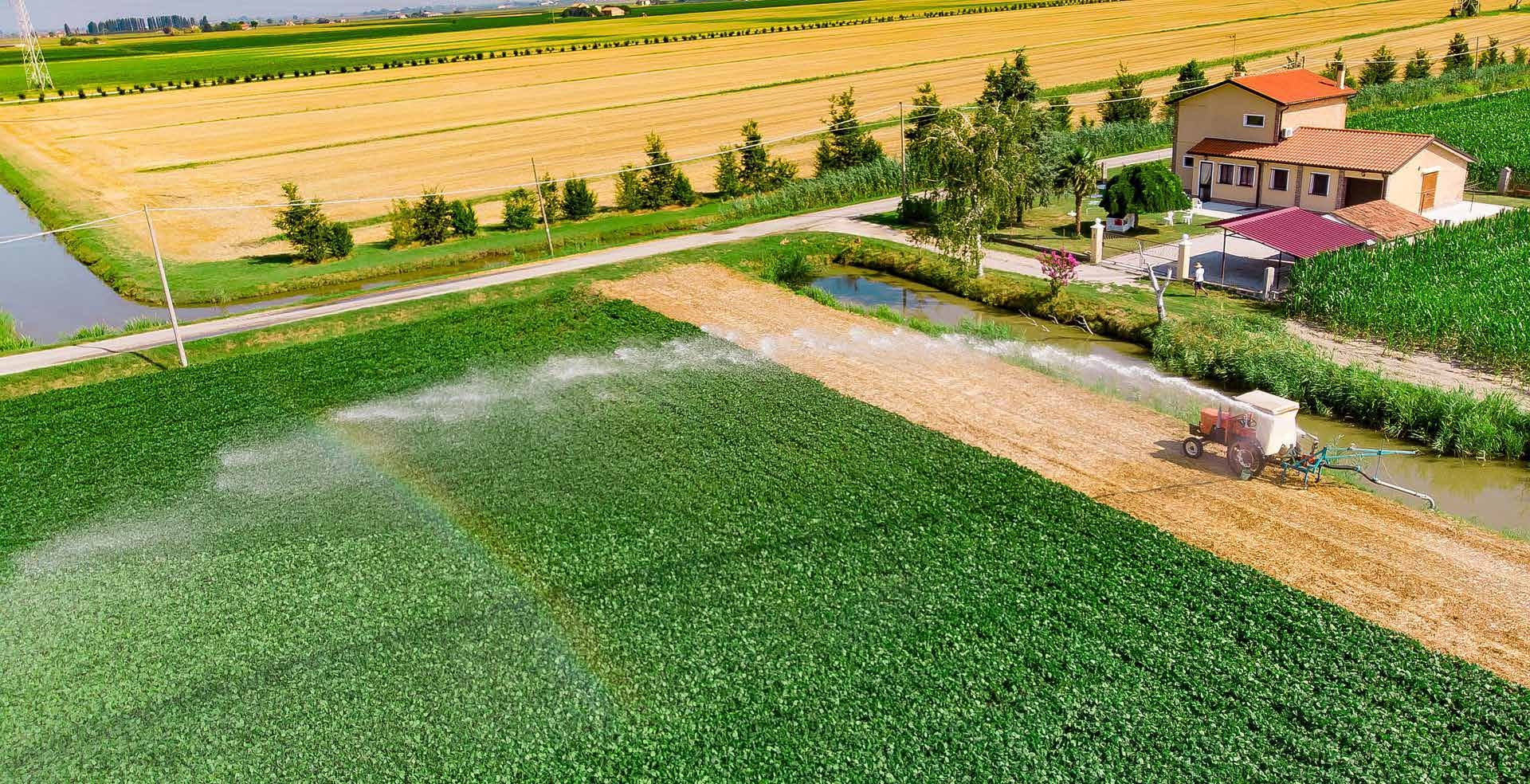
QUESTIONS
1
What is the difference between spring and winter wheat? Which is better to plant in your region and why?
2
What cereal crops grow in your region? Are they threatened by climate change?
3
Why do rising sea levels represent a threat for rice production in South-East Asia?
4
What is food security? Explain it using an example.
5
What percentage of people around the world are engaged in agriculture?
6
What kind of adaptation measures – mentioned in this chapter and others – are recommended to address climate impacts on agriculture?
How do these measures relate to water resources?

TASKS

With the help of your geography teacher, make a list of major crops that are cultivated in your region.
Find information on the yield of these crops in your area in recent years. Is it increasing or decreasing? Have there been crop failures during this time and what caused them?
Think how climate change might affect the yield of these and other crops in your region. Could new climate conditions make it possible to grow other crops?



